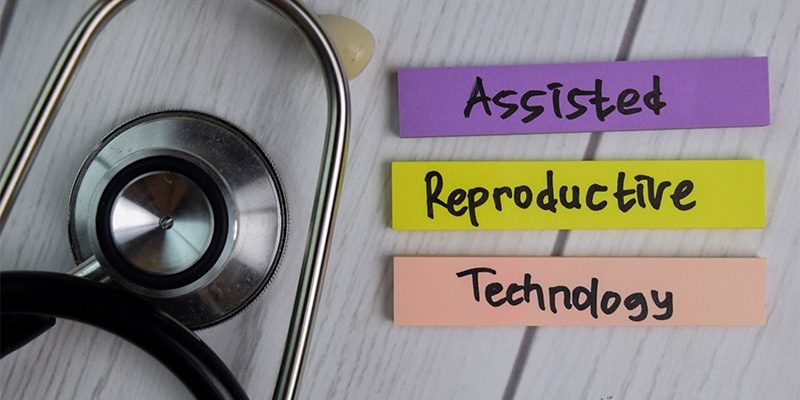The study covered in this summary was published in medRxiv as a preprint and has not yet been peer reviewed.
Key Takeaways
-
A meta-analysis of 25 international population-based cohorts comparing growth/adiposity outcomes from 0.6 months to age 27.4 years in more than 4000 offspring conceived by assisted reproductive technology (ART) — mainly in vitro fertilization and intracytoplasmic sperm injection — versus more than 150,000 offspring conceived naturally found only “reassuring” small differences.
-
Compared with offspring conceived naturally, those conceived using ART were slightly shorter, lighter, and thinner from infancy to early adolescence, but the differences were attenuated by late adolescence.
-
Smaller offspring seemed to be limited to those conceived from fresh but not frozen embryos compared to natural conception.
Why This Matters
-
ART has resulted in more than 8 million births worldwide since its use began four decades ago with expected increasing numbers.
-
Although studies have shown an increased risk of low birthweight, small-for-gestational age, and preterm birth in infants conceived using ART, and differences with fresh or frozen embryos, only a few small, short studies have investigated longer-term growth and adiposity.
-
The current findings can help reassure parents conceiving or hoping to conceive using ART that early, small difference in growth and adiposity of children conceived this way are attenuated by late adolescence.
Study Design
-
A meta-analysis of 25 population-based cohorts from European countries (20 diverse cohorts), Australia (2), and one each from New Zealand, China, Singapore, and Canada carried out within the newly established Assisted Reproductive Technology and Future Health (ART-Health) consortium, which investigated 158,066 offspring (of which 4329 were conceived using ART), born during 1984 to 2018, who had growth/adiposity outcomes from 0.7 months to 27.4 years.
Key Results
-
Most offspring (19 cohorts) were born after 2002.
-
Offspring conceived by ART were on average shorter, lighter, and thinner from infancy to early adolescence than offspring from natural conception; the differences were small and were largest earlier in life.
-
There was little evidence that differences were driven by parental subfertility.
-
Offspring conceived from fresh embryos were smaller than those from natural conception, whereas offspring from frozen-thawed embryos were comparable in size to those from natural conception.
-
There were more marked differences for body fat measurements, and offspring conceived by ART may develop greater adiposity by early adulthood, but evidence for this was imprecise.
Limitations
-
There was low precision/statistical power at older ages.
-
The treatments and embryo culture techniques used in ART some decades ago differ from those used more recently, so the study findings might not apply to more recent birth cohorts.
-
The study only included individuals with complete data about conception mode, outcomes, and confounders, so there may be selection bias.
-
There may be residual confounding from unmeasured factors such as paternal health.
Disclosures
-
The study did not receive commercial funding.
-
The authors report no financial disclosures related to this research.
This is a summary of a preprint research study “Association of assisted reproductive technology with offspring growth and adiposity from infancy to early adulthood.” Preprints from medRxiv are provided to you by Medscape. This study has not yet been peer reviewed. The full text of the study can be found on medrxiv.org.
Source: Read Full Article
